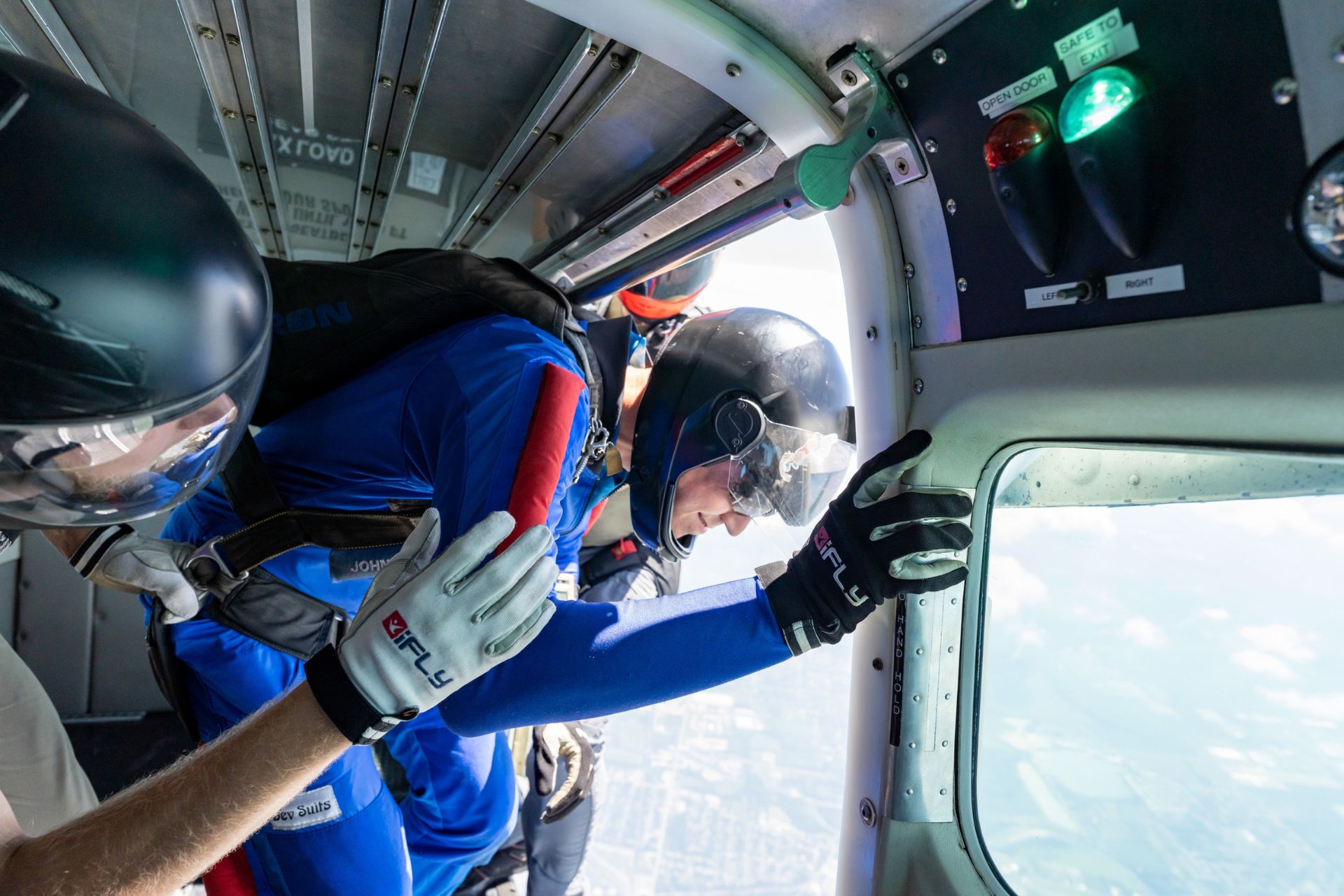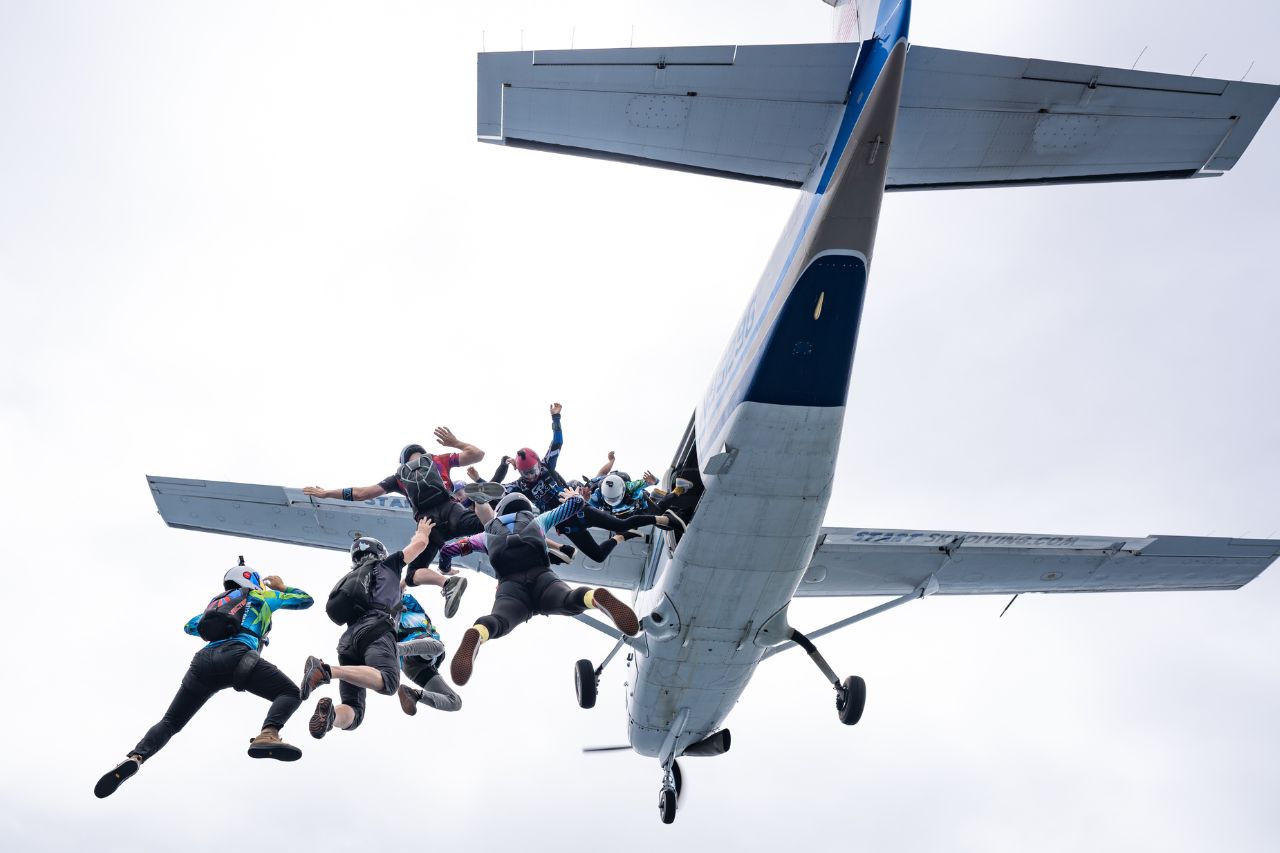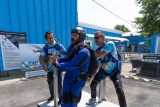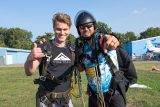Why the Type of Plane You Jump From Matters
Skydiving
Posted by: Start Skydiving
4 months ago
As adrenaline-seekers gear up for their next skydiving escapade, there’s one crucial factor often overlooked amidst the excitement and that is the aircraft they’ll be jumping from. From capacity and altitude to exit and comfortability, the skydiving plane you jump from sets the stage for you to have a great skydiving experience. Let’s examine what planes are used for skydiving and why the type of plane you jump from matters!

Types of Skydiving Planes
Most people only have experience flying commercially and assume that they’ll skydive from a passenger plane. You know you won’t be jumping from a Boeing 747, but you might not know that you’ll be skydiving from a one-of-a-kind repurposed aircraft designed specifically for jump operations!
Airplanes for skydiving come in a range of sizes and all have their pros and cons. If you’re skydiving in the United States, you may spot one or more of these skydiving aircraft:
- Cessna 182
- Cessna 206
- Cessna 208 Caravan
- Twin Otter
- King Air
- Beech 99
- Skyvan
- Sherpa
- CASA
- PAC
- DHC-4 Caribou
What is the Most Common Skydiving Plane?
One of the most common planes used for skydiving is the Cessna 182 – the backbone of the skydiving industry. Its affordability and accessibility are what attracts most dropzones to this particular skydiving aircraft. The Cessna 182 can carry about four skydivers at a time, creating a more personal and intimate experience, especially for first-time tandem jumpers. Students who are learning to skydive solo also enjoy this aircraft because it helps keep their learning experience more individualized and private, while also limiting distractions from fellow jumpers. Once you become licensed, you may want a faster plane that gives you more altitude so you can have more time to play in the skies.
Cessna 182 Specs:
- Can reach up to 10,000 feet
- 20 minute climb to altitude
- 4 person capacity
Why the Type of Plane You Jump From Matters
Exit Altitude
One of the biggest contributing factors to the epicness of your skydive is the altitude from which you jump. Why? Because higher altitude means more freefall time – woohoo! How high planes fly for skydiving all depends on the aircraft being used and what kind of engine it is equipped with. Skydiving airplanes equipped with turbine engines can usually reach 14,000 feet or more, while smaller planes like the Cessna 182, can reach around 10,000 feet. However, height isn’t everything when it comes to skydiving – most people are perfectly happy with jumping from 8,000 to 10,000 feet (or any height, really!).
Capacity
One of the primary considerations when selecting a skydiving airplane is its capacity. Larger skydiving planes can accommodate more jumpers per load, allowing for bigger group jumps and more efficient tandem and solo skydives. Not only does this mean more room to jump with friends, but also less time spent on the ground waiting around for your turn! More jumps? Yes, please!
Speed
Speed is another critical factor to consider when weighing the pros and cons of each aircraft. Faster planes reduce the time it takes to climb up to the desired altitude, decreasing wait time and giving you more opportunities to jump several times within a day (if you want), or simply cutting down the wait time and getting straight to the best part!
Exit Door
The design of the aircraft exit door plays a significant role in the ease and safety of skydiving operations. Spacious doors facilitate smoother exits, reducing the risk of accidents, and ensuring a more comfortable transition from the plane to freefall – whether you are a first-time tandem jumper or an experienced skydiver exiting solo or with friends. Some exit doors, such as the CASA, are big enough that you can just walk straight out! A well-designed exit door with considerations of the wing and strut placements enhances the overall enjoyment and comfortability of the skydiving experience.

What Type of Aircraft Does Start Skydiving Use?
While the Cessna 182 is the most commonly used plane for skydiving operations, larger planes like the Caravan are often preferred for their enhanced capacity and amenities. At Start Skydiving, we are proud to have not one but two Cessna Caravans and a Cessna 206! We believe in having the best of the best for our guests, which is why all of our airplanes are maintained to the highest standard with customized upgrades to get you up to altitude as quickly as possible.
Meet our powerful fleet:
“Patriot One” – Cessna 208B Caravan
- Capacity: 14 skydivers
- Altitude: 14,000 feet
We like to call Patriot One the “flagship of our fleet” because she is equipped with the latest in avionics and can fly cross country. She can be seen participating in regular humanitarian missions carrying wounded warriors and their families across America and performing demonstration jumps.
“Lady Liberty” – Cessna 208 Grand Caravan
- Capacity: 18 skydivers
- Altitude: 14,000 feet
Lady Liberty is also capable of flying cross country and has also flown on several humanitarian missions, including delivering medical supplies to Haiti. Climbs to jump altitude in Lady Liberty are just under 12 minutes as she is equipped with a Blackhawk CP140-powered turbine engine.
“Freedom” – Cessna 206
- Capacity: 5 skydivers
- Altitude: 10,000 feet
Freedom is also capable of flying cross country, is commonly used on demonstration jumps, and has flown over multiple NASCAR, NFL, and MLB events.
Are you ready to jump out of the best Cessna for skydiving? Our Cessnas are ready for you! Book your skydive with Start Skydiving today! Blue skies.



